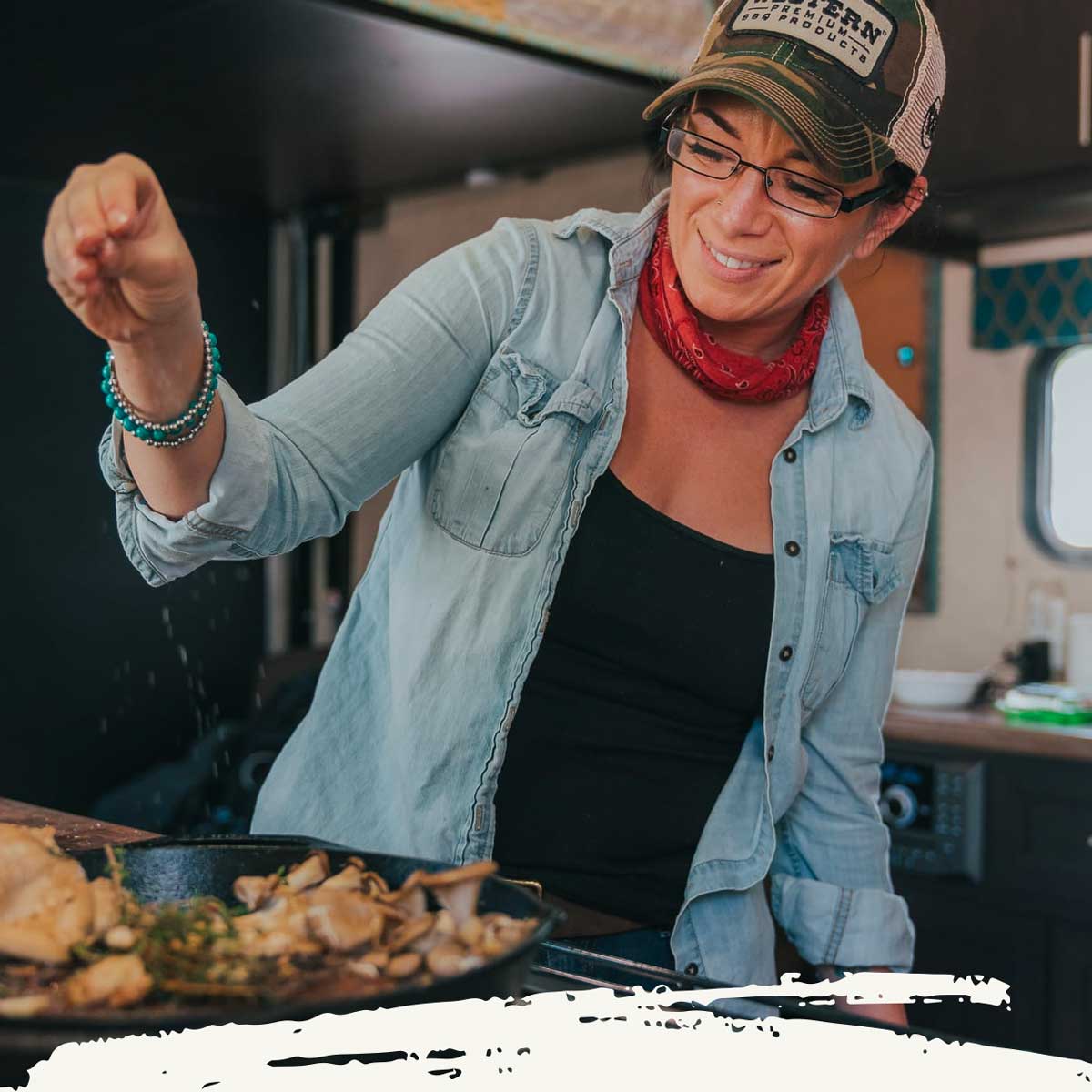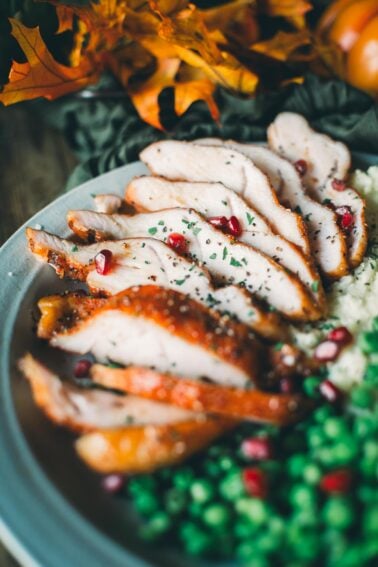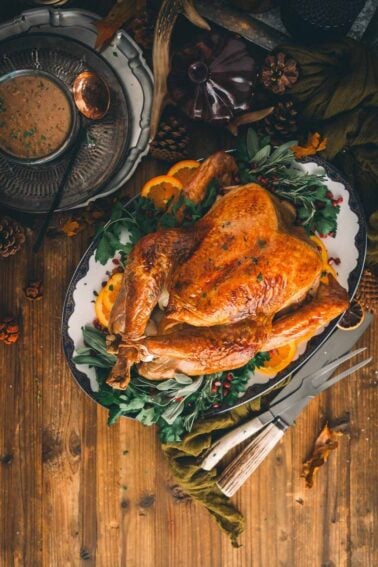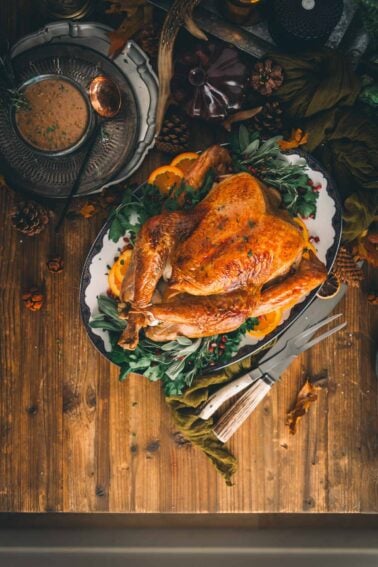Ribs inspire big expectations. They’re the dish people imagine falling apart at the touch of a fork, lacquered with just enough sauce to be sticky but not overwhelming, smoky and tender all the way through. Yet for all their glory, ribs are also one of the easiest cuts to get wrong. A rushed cook, a forgotten step, or the wrong kind of rib can turn a promising meal into tough, chewy disappointment. The good news: most of these mistakes are common—and entirely avoidable.
Choosing The Wrong Type of Ribs

Not all ribs are created equal. From baby back and spare ribs to St. Louis style and country ribs, understanding the differences can have a significant impact on your cooking. The type of rib you choose will determine cooking time, method and ultimately, the taste and texture of the finished product.Baby back ribs, for instance, are smaller, leaner, and cook faster than their counterparts. They are best for grilling or oven-baking. Spare ribs, on the other hand, are larger and fattier, hence requiring longer cooking times. They are ideal for smoking or slow cooking. By understanding these differences, you can select the right type of rib for the cooking method you intend to use.
Overlooking The Importance of Seasoning

Seasoning is the soul of any dish, and ribs are no exception. A well-seasoned rib will have a balance of flavors that complement the meat, rather than overpower it. Common mistakes include under-seasoning, over-seasoning, or using the wrong combination of spices.To properly season your ribs, start with a good quality dry rub. This should typically include salt, sugar, paprika, garlic powder, and black pepper as the base ingredients. From there, you can add other spices like cayenne pepper, onion powder, or dried herbs to suit your taste. Remember, the key is balance – you want to enhance the flavor of the meat, not mask it.
Not Removing The Membrane

The membrane, also known as the silverskin, is a thin, tough layer of connective tissue found on the underside of the ribs. While it might seem harmless, leaving it on can result in tough, chewy ribs. Plus, it prevents the flavors from your seasoning or marinade from penetrating the meat effectively.Removing the membrane is relatively simple. Start by loosening a corner of the membrane using a butter knife. Once you’ve got a good grip, pull it off in one piece. If it’s being stubborn, you can use a paper towel for better traction. Not only will your ribs be more tender, but they’ll also be more flavorful as the seasoning can now fully permeate the meat.
Rushing The Cooking Process

Ribs are not a dish to be rushed. The collagen in the ribs needs time to break down to achieve that fall-off-the-bone tenderness we all crave. Unfortunately, many home cooks try to speed up the process, resulting in tough, rubbery meat.The secret to tender ribs is slow cooking at a low temperature. Whether you’re smoking, grilling, or baking your ribs, aim for a cooking temperature between 225 and 250 degrees Fahrenheit. Be patient, and let the ribs cook until they reach an internal temperature of around 190 to 203 degrees Fahrenheit. This is when the collagen has melted, and the ribs are at their peak tenderness.
Improper Use of Sauce

Sauce can be a game-changer when it comes to ribs, but how and when you apply it can make or break your dish. A common mistake is adding barbecue sauce too early in the cooking process, which can cause it to burn and impart a bitter taste to your ribs.
The right time to apply the sauce is during the last 30 minutes of cooking. Brush it on both sides and let it cook until it becomes a sticky, caramelized coating. If you prefer an extra layer of sauce for serving, heat it separately and serve it on the side. This way, everyone can adjust the amount of sauce to their liking.
Hungry for more? Subscribe to our newsletter and become part of the world’s best meat community! From grilling tips to smoky secrets, we send you the best recipes, guides, and expert advice to master every cut.













